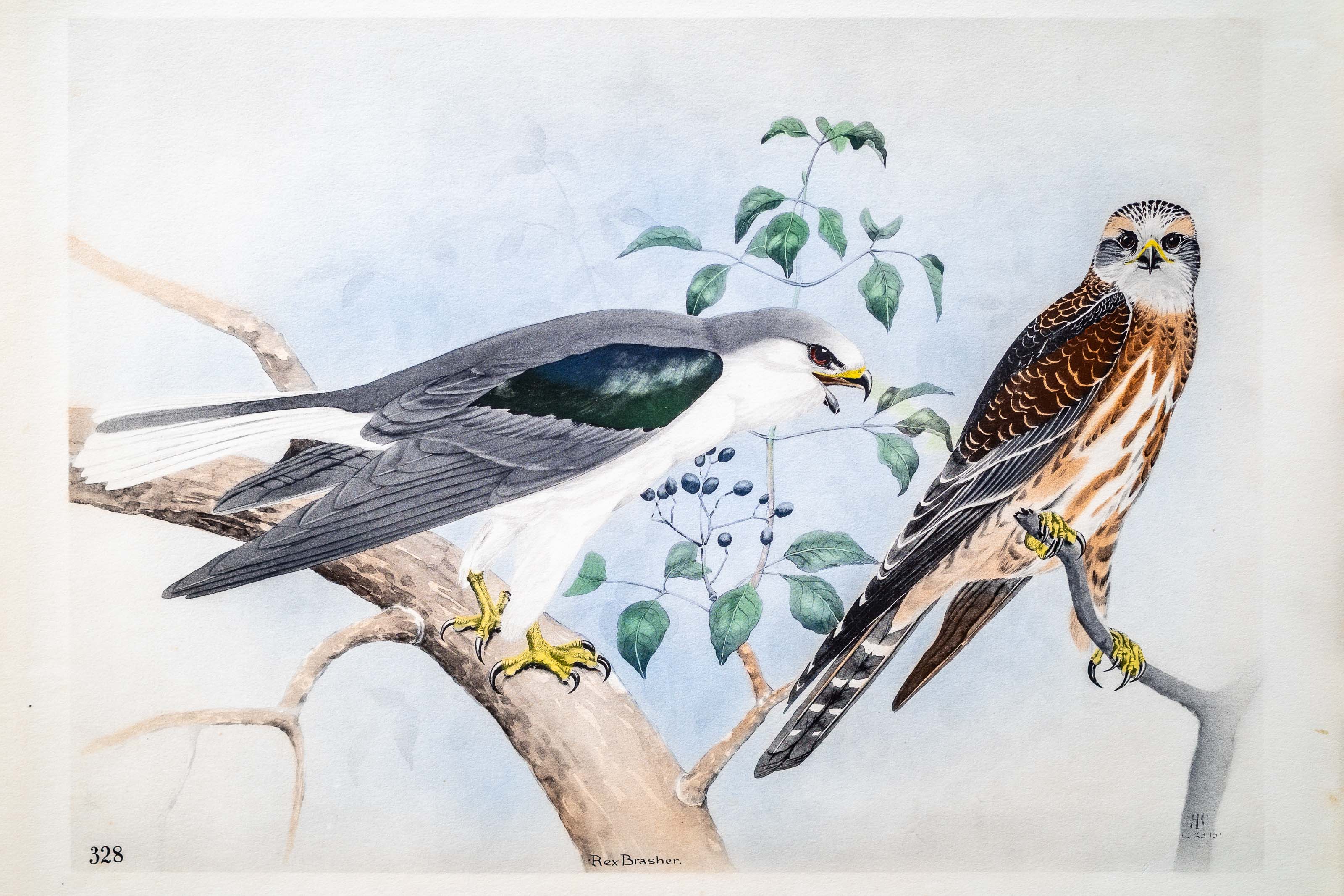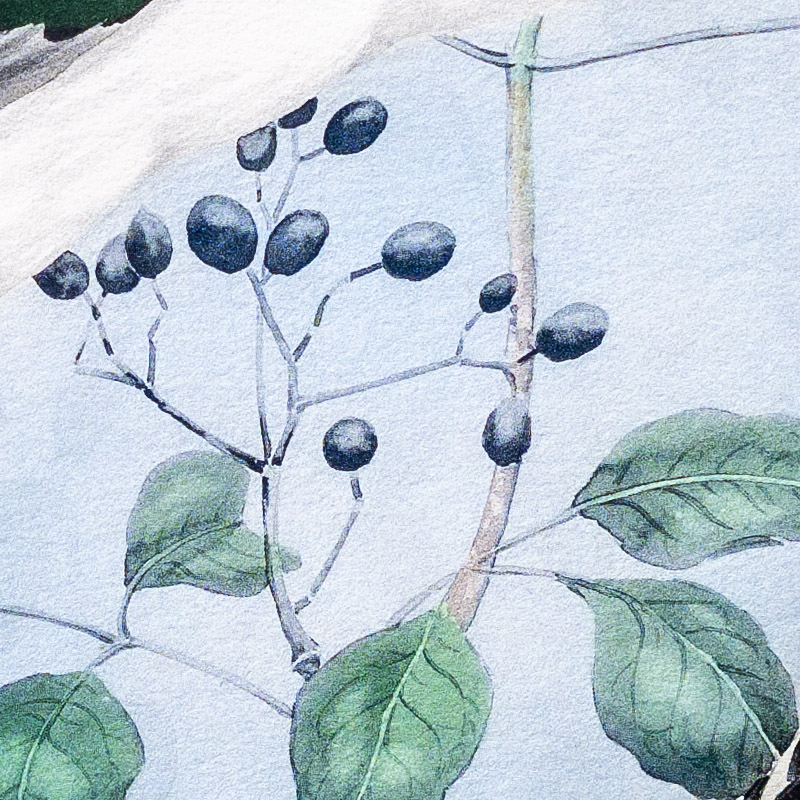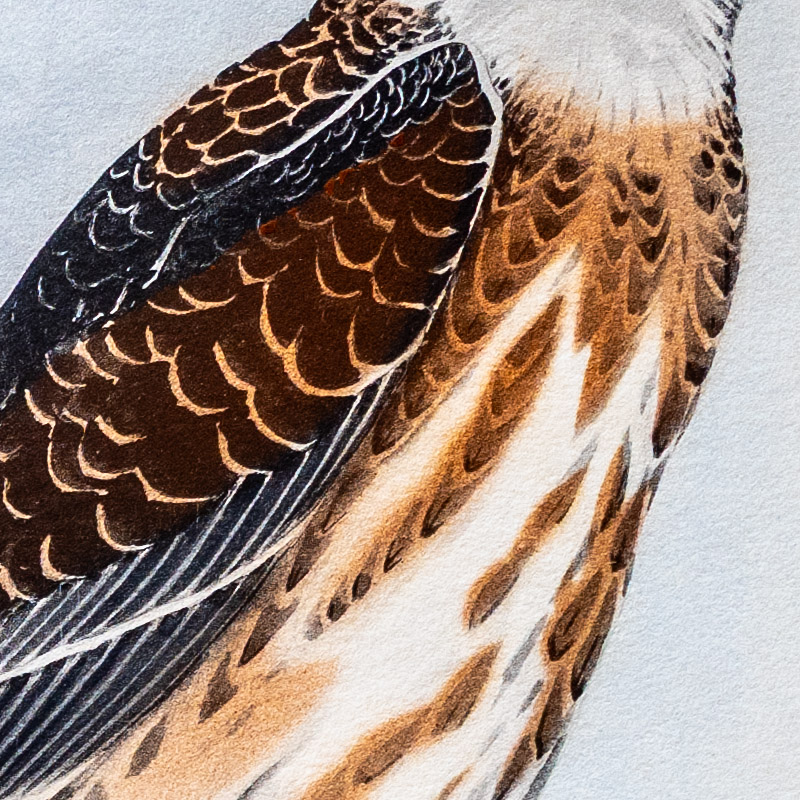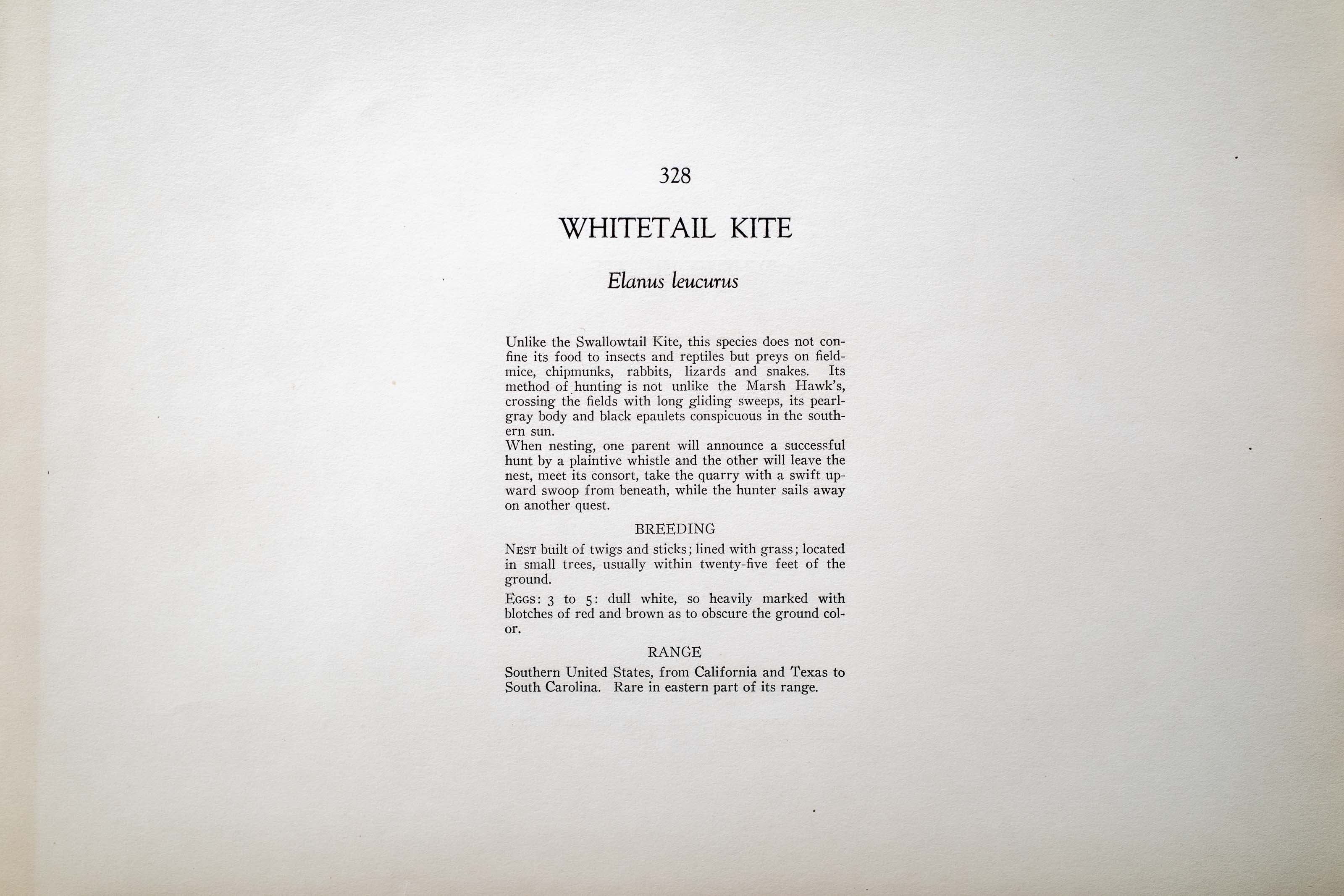






1915
1930
5
328
A team of dedicated board members, volunteers, and student interns has published every page in Volume 9. This volume includes 360 images of paintings and lyrical descriptions of birds, now available online for everyone to enjoy anywhere in the world. This is a monumental task. Each volume requires approximately 400 hours to photograph, edit, transcribe, catalog, and publish online. We need your support to complete this work.
If you're tech-savvy, have a good eye, are meticulous with details, and love structured data, please consider volunteering by emailing us at hello@rexbrasher.org.
We encourage all bird lovers and supporters to consider a monetary donation to support our mission to make Rex's work available for everyone. You can provide a one-time or recurring donation online.
Unlike the Swallowtail Kite, this species does not confine its food to insects and reptiles but preys on field-mice, chipmunks, rabbits, lizards and snakes. Its method of hunting is not unlike the Marsh Hawk's, crossing the fields with long gliding sweeps, its pearl-gray body and black epaulets conspicuous in the southern sun.
When nesting, one parent will announce a successful hunt by a plaintive whistle and the other will leave the nest, meet its consort, take the quarry with a swift upward swoop from beneath, while the hunter sails away on another quest.
NEST: built of twigs and sticks; lined with grass; located in small trees, usually within twenty-five feet of the ground.
EGGS: 3 to 5: dull white, so heavily marked with blotches of red and brown as to obscure the ground color.
Southern United States, from California and Texas to South Carolina. Rare in eastern part of its range.
A slender tree up to 50 feet high, distributed thru Southern Florida.